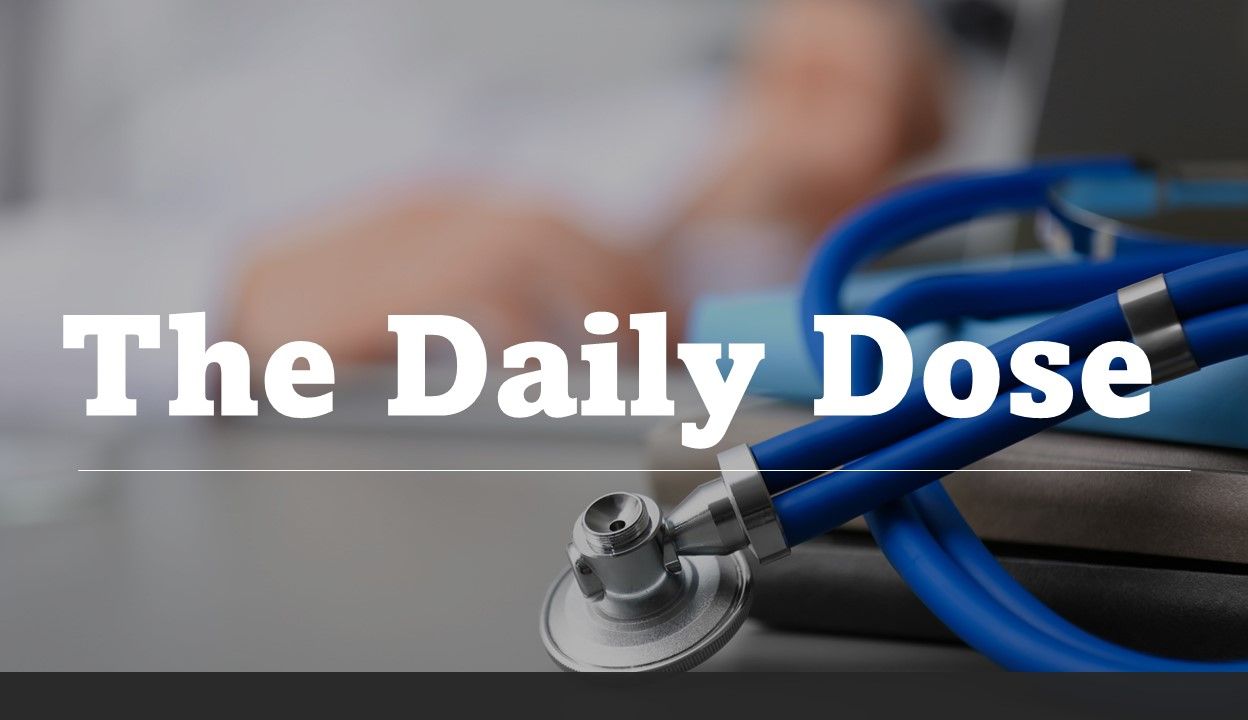- Clinical Technology
- Adult Immunization
- Hepatology
- Pediatric Immunization
- Screening
- Psychiatry
- Allergy
- Women's Health
- Cardiology
- Pediatrics
- Dermatology
- Endocrinology
- Pain Management
- Gastroenterology
- Infectious Disease
- Obesity Medicine
- Rheumatology
- Nephrology
- Neurology
- Pulmonology
Effectiveness of Suicide Care Implementation in Primary Care: Daily Dose
©New Africa/AdobeStock

Patient Care brings primary care clinicians a lot of medical news every day—it’s easy to miss an important study. The Daily Dose provides a concise summary of one of the website's leading stories you may not have seen.
On October 1, 2024, we reported on findings from a study published in Annals of Internal Medicine that examined the effectiveness of implementing suicide care in primary care for suicide attempt prevention.
The study
Researchers conducted a secondary analysis of a randomized stepped-wedge clinical trial conducted at 19 Kaiser Permanente clinics in Washington state. The original Kaiser Permanente study was designed to evaluate integration of alcohol misuse care into primary care. But researchers requested that a population-based suicide care component be implemented at the same time as care for substance use as part of the behavioral health initiative. The health system did not have any prior population-based screening or systematic follow-up for these conditions in primary care.
The suicide care intervention included use of the 2-item Patient Health Questionnaire for depression, 3-item Alcohol Use Disorders Identification Test-Consumption, a cannabis use frequency question, and a question about frequency of the use of illegal drugs or nonmedical use of prescription medications. Any positive screening result was followed by additional assessment, and primary care clinicians were instructed to connect patients immediately with designated care team members for same-day safety planning as well as short-term counseling and linkage to specialty mental health and substance use treatment, as needed.
Investigators divided the trial into a usual care period before the intervention launch date (including a 2-month preparatory period) and the intervention period after the launch date that included the 4 months of active practice facilitation. Implementation of the intervention was supported by practice facilitation, electronic medical record (EMR) decision support, and performance monitoring. Clinical decision support included previsit screening and assessment reminders for primary care teams in addition to prompts to support identification of suicide risk and mitigation during clinic visits.
The primary outcomes for the study were safety planning after population-based screening and suicide risk assessment (process outcome) and suicide attempts (nonfatal) or deaths, with self-harm intent, within 90 days of a visit (patient outcome).
The findings
From January 2015 to July 2018, a total of 255 789 adults made 953 402 primary care visits during the usual care period and 228 255 made 615511 visits during the suicide care period.
The rate of safety planning was higher in the suicide care group compared with the usual care group (38.3 vs 32.8 per 10 000 patients) for a rate difference of 5.5 plans (95% CI 2.3 to 8.7). Suicide attempts within 90 days were lower in the former than the latter (4.5 vs 6.0 per 10 000 patients) for a rate difference of 1.5 fewer in the former (95% CI -2.6 to -0.41).
Authors' comment
"Our findings are important because we know many people seek primary care prior to fatal and nonfatal suicide attempts. Many health care systems in the US and abroad now routinely ask patients about suicidal thoughts, and this study provides evidence to support this practice, in combination with collaborative safety planning among people identified at risk of suicide attempt."
Related Content
